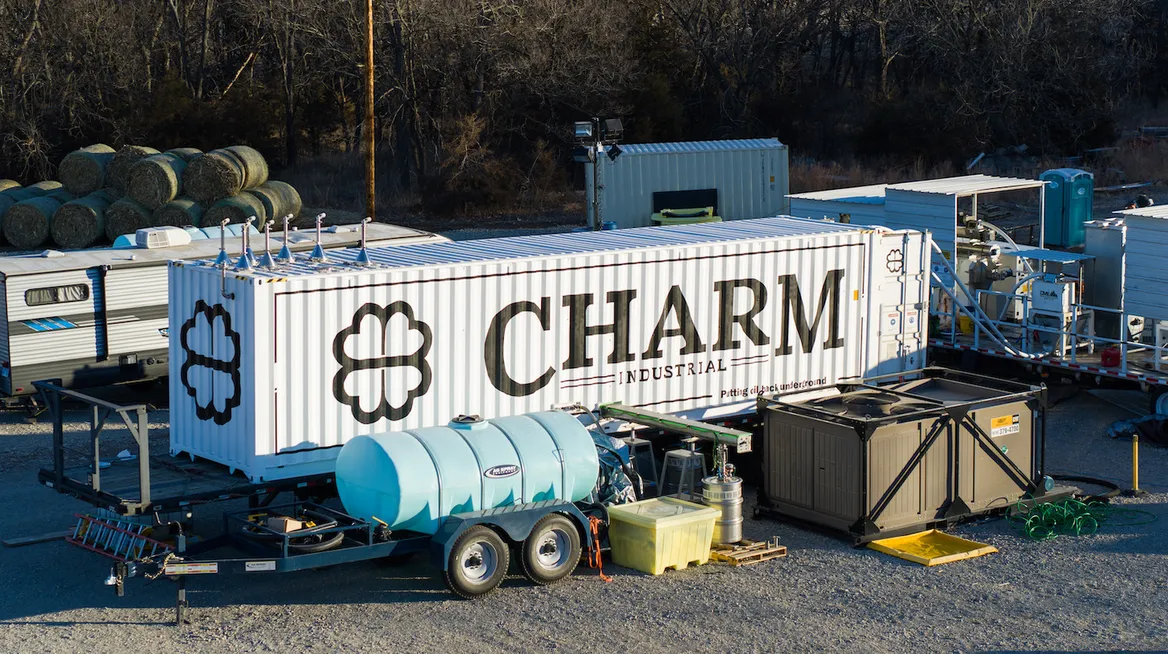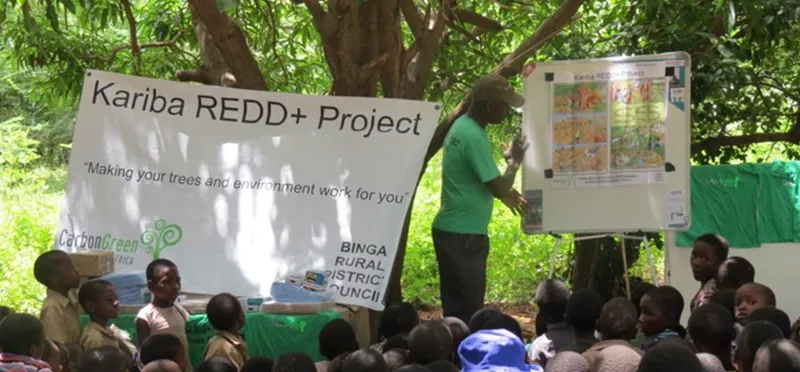Enteric Methane Credits at $500 / ton CO2e? Why not?
- 6 mins
Charm Industrial is the current belle of the (carbon credit) ball. At a time when the carbon credits market is enduring multiple scandals, facing declining confidence in credit integrity, and is actually shrinking in size, Charm is surging. So far this year Charm has signed deals with Frontier for 112K metric tons of removal ($53M total) and with JP Morgan for 29K metric tons. The initial price that Frontier paid was $600 per metric ton of CO2e.
$600 per ton! Imagine if enteric methane could earn such prices!
Well, perhaps it could …
Right now the few enteric methane credits that have been sold have not—from what I gather—been able to get above $10 / metric ton of CO2e. At such pricing the economics of mitigating enteric methane emissions from the cattle industry are not feasible, but at higher prices credits could provide worthy economics for farmers and all of the other stakeholders involved. To see why, here is how various carbon credit prices translate into per cow values (calculations are here):
| Carbon Credit Value per metric ton CO2e | Value per Cow per Year |
|---|---|
| $9.00 | $15.71 |
| $70.00 | $122.22 |
| $500.00 | $873.02 |
How could enteric methane credits increase in value, so as to garner the sort of pricing that would make economics work for the industry?
The Charm of Charm
As we have written about before, the carbon credit markets are struggling. At a time when investments in all things climate are surging, the carbon credit market actually contracted in 2022. Scandals regarding false claims of carbon reduction proliferated. Buyers are pulling back as their confidence in the validity of credits erodes and their fear of damaging their organizations’ reputations rises. Buyers are searching for credits that have high degrees of causality, additionality, permanence, and, in a word, integrity.
And that is where Charm has succeeding in earning such high pricing. Frontier is a coalition of carbon credit buyers that includes Alphabet / Google, Facebook / Meta, Stripe, Shopify, JP Morgan and others. Before purchasing from Charm, they assessed numerous proposals, and Charm offered distinct advantages that earned the higher pricing.
First, according to this article in Grist, “Charm stood out for doing something more durable.” It continued to say:
Most other projects involved storing carbon in trees and soils, which could easily send CO2 back to the atmosphere in a wildfire blaze or a bout of disease. Ryan Orbuch, a member of Stripe’s climate team, told Grist they believe that Charm will be able to store carbon for more than a thousand years by injecting it underground — on par with how long CO2 lingers in the atmosphere.
The article also noted that Charm had differentiated causality or ability to be measured:
Charm’s process was also more tangible, Cullenward said [Danny Cullenward of Carbonplan, a non-profit that assessed the proposals]. Other proposals relied on currently difficult-to-validate scenarios, like forest management projects that claimed to increase existing trees’ capacity to store carbon. Whereas these forest management projects relied on a set of assumptions and calculations, Charm could demonstrate to potential buyers what it would do.
And Charm offered strong additionality: “Charm proved its process was durable, measurable, and would certainly not occur unless someone were paying them to do it.”
Giving Green, a climate research non-profit, has also assessed Charm in more scientific terms. It also noted strong causality, additionality and permanence as summarized in this graphic:
.png?width=956&height=315&name=Untitled%20(2).png)
At a time when buyers are pulling back from carbon credits, Charm has been able to earn tremendous pricing per ton through the integrity of its offering: they provide buyers high confidence that their purchases will make genuine impact in decarbonization.
Could Enteric Methane be Charming?
Before evaluating how enteric methane fits in Charm’s model of succes, let’s review what Charm does that makes it so compelling to credit buyers. Charm takes the “leftovers” of the corn harvest—the stalks, leaves, silks and husks that collectively are known as “stover”—and heats them up. Through this heating they are transformed into a CO2-rich bio-oil that Charm then injects into underground disposal wells where the material should stay for centuries. Because the stover would have otherwise decomposed and emitted its CO2, Charm through its process is trapping this greenhouse gas.
There are many parallels between Charm and enteric methane mitigation. First they are both eliminating a GHG by-product of an agricultural process. They both provide high permanence of GHG mitigation. In fact, while Charm’s process could face some leakage hundreds of years into the future, enteric methane mitigation eliminates its GHG emission (in most cases) before it is even produced, yielding higher permanence. And both Charm and enteric mitigation are highly additional: the GHG reduction would not occur without the mitigation processes.
What’s more, enteric methane mitigation has a distinct advantage over Charm. Because of the short-term impact of methane emissions, there is particular urgency in reducing methane. Thus buyers would be willing to pay a premium over the (less urgent) CO2 that Charm mitigates.
So what’s missing? Why are enteric methane projects not fetching anywhere near the price per ton that Charm earns?
The price gap exists because at least for now, enteric methane falls way short on the causality criteria. Giving Green notes that Charm rates high on casuality, saying “carbon injected underground is easily quantifiable.” However currently enteric methane is very difficult to measure accurately at scale on working farms. It is this low confidence in measurement that keeps the enteric methane credit prices way below offerings like Charm, despite how similar the two offerings are in other aspects.
MRV Unlocks the Funding
Is $500 per metric ton of CO2e the goal for enteric methane credits? While such a price might be a boon for some, Charm does not see that as a sustainable price and intends for the price to drop as it gets to greater scale.
And why enteric methane mitigation efforts could similarly benefit with some high credit prices as the effort gets off the ground, the cattle ecosystem also requires sustainable prices for the long-haul. While some enteric mitigation may be financed through offsets, most feel that the greater funding will come through insets paid by cattle product brands, and the pricing and economics must be reasonable for all parties along the supply chain in order to have sustainable abatement.
But whether the price is $500 / ton or $50 / ton, the principles seen in Charm’s success apply readily to enteric, even when paid by insets rather than offsets. Buyers must have confidence in the integrity of reduction claims, including their additionality, permanence, and causality, in order to pay the pricing needed to adequately finance the effort up and down the supply chain. But right now enteric methane lacks the critical capability to accurately measure emissions at scale.
Pricing will remain restricted until such measurement or MRV capability is developed. At Rumission our mission is to fill this gap, and we having the leading technology to do so. Every day we are inspired by the vision of buyer confidence in enteric methane emission measurement integrity, facilitating the funding and thus methane reduction that are so urgently needed.




